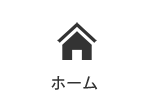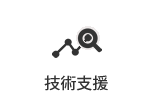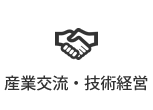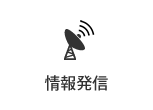本文
No.4(2009)7.Measurement and extraction of ionic contaminants on electric parts
Keiko Kurita, Hirokazu Sugimori, Yasuhiko Takuma
The method for evaluating ionic contamination on electric parts has been examined to better understand the causes of corrosion accidents. Firstly, a simple procedure to provide a clean area is proposed in the situation when clean room facilities are not available for pretreatment in the analysis of trace components; clean air blown into the area enclosed by sheets of polyvinyl chloride. In this area, environmental contaminants were analyzed and demonstrated to be 1/10 to 1/5 of the values in the laboratories at normal conditions. Secondly, the container and bag material for extraction was examined and polypropylene is most suitable, having least impurities and high transmission property of ultrasonic waves. To compare the method of extraction in pure water, plates of copper, stainless steel etc. with equal amount of ionic contaminants were prepared. Contamination was implemented by exposing the sample plates to acidic and alkali gases. The samples were immersed in high purity water in polypropylene containers and ionic contaminants were extracted. As a result, an extraction time exceeding 30 minutes is preferable. The extracted amounts at 60°C are stabilized rapidly rather than at room temperature. On the other hand, to obtain stable extraction from real samples, a longer extraction time is needed. This is probably due to the complexity of the components and the shape of the real samples.
Keywords
ionic component, extraction, ion-chromatograph, clean area













